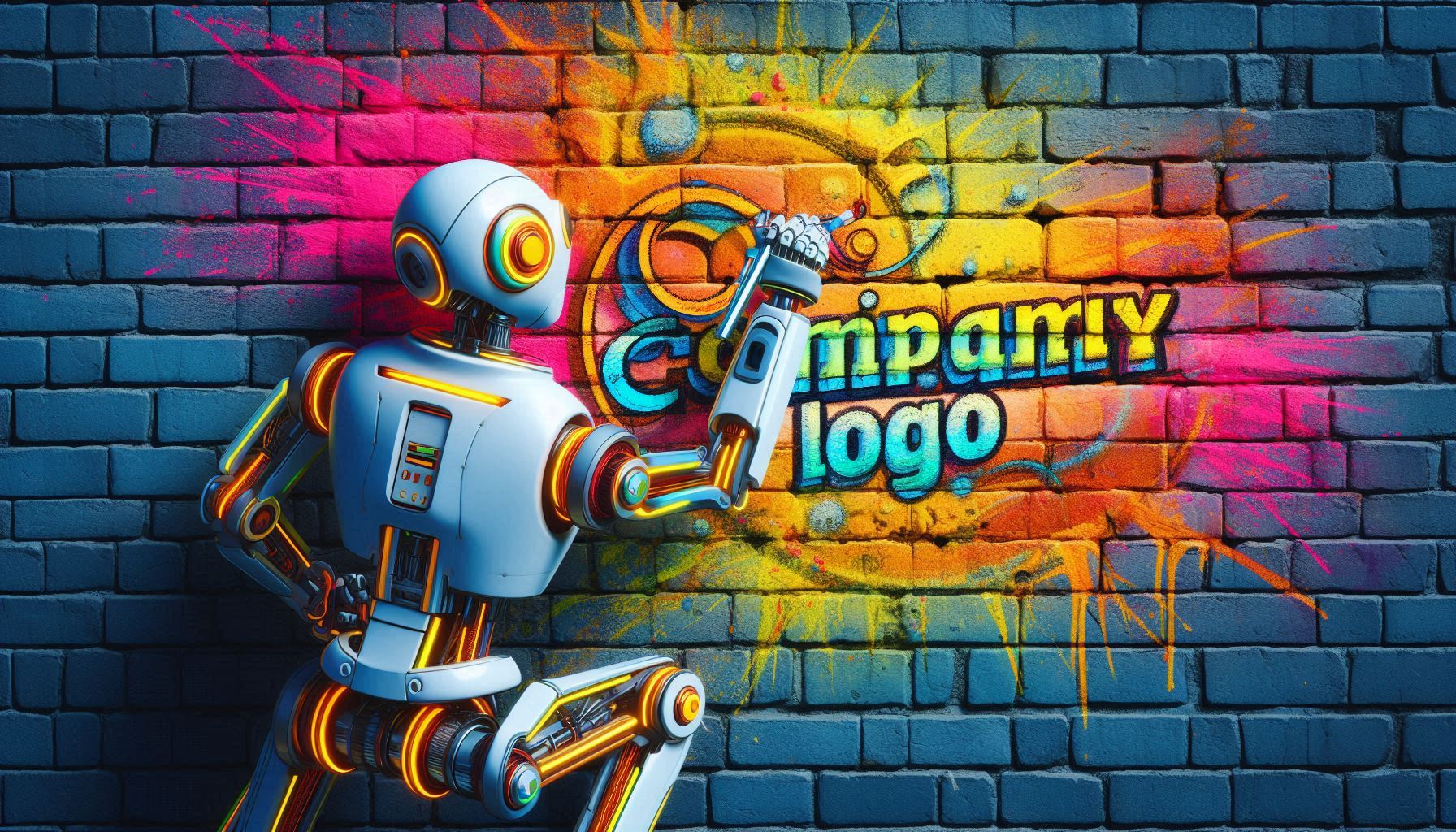Enterprise Grade Security
In an era where AI powers critical business functions, security is paramount. OpenAI has built a comprehensive security framework to protect your data, maintain privacy, and ensure reliable, trustworthy AI services.
Below are nine key pillars of OpenAI’s security posture—and how they work together to keep your information safe.
1. Enterprise-Grade Encryption
All data moving to and from OpenAI’s API is encrypted in transit using TLS 1.2+ protocols. Data at rest—models, logs, and user inputs—is secured with AES-256 encryption. This dual-layer approach ensures that no one can intercept or read your sensitive information.
2. Strict Access Controls & Identity Management
OpenAI enforces role-based access control (RBAC) within its organization, ensuring that only authorized personnel can access production systems and customer data. Internally, multi-factor authentication (MFA) and least-privilege principles limit exposure and reduce insider-risk.
3. Tenant Isolation & Data Separation
Customer requests and responses are logically separated. OpenAI’s architecture prevents cross-tenant data leakage, so your API calls, embeddings, and generated outputs remain inaccessible to any other customer or external party.
4. Comprehensive Auditing & Logging
Every admin action, API request, and configuration change is logged with immutable, tamper-evident records. These logs support forensic analysis, compliance audits, and real-time monitoring for suspicious activity—so incidents can be detected and contained immediately.
5. Third-Party Audits & Certifications
OpenAI maintains SOC 2 Type II and ISO 27001 certifications, validated through quarterly and annual independent audits. These attestations cover security, availability, confidentiality, and privacy controls—giving you assurance against industry benchmarks.
6. Privacy & Data Retention Policies
OpenAI’s data retention policy is transparent and configurable. By default, customer-provided inputs are not used to train or improve publicly released models. You control how long logs are retained and can purge data on demand to meet GDPR, CCPA, or other regulatory requirements.
7. Model Safety & Content Filtering
To prevent generation of harmful or disallowed content, OpenAI implements safety layers — moderation endpoints, system-level content filters, and real-time monitoring. These safeguards block or flag outputs that violate policy, ensuring compliance with ethical and legal standards.
8. Red-Teaming & Continuous Vulnerability Testing
OpenAI’s security team and external “red teams” simulate adversarial attacks and malicious prompts to identify weaknesses. Regular penetration tests, fuzzing, and adversarial evaluations help harden the API and model against evolving threats.
9. Incident Response & Governance
A documented incident‐response plan ensures rapid coordination across engineering, security, and legal teams. OpenAI maintains clear SLAs for notifying customers of security events, triaging vulnerabilities, and rolling out fixes—all under the oversight of a dedicated security steering committee.
Conclusion
OpenAI’s layered security model—from encryption and access controls to third-party audits and red-teaming — creates a robust environment for AI deployment. Whether you’re integrating GPT into customer support, analytics, or internal tools, you can trust that your data is handled with the highest standards of confidentiality, integrity, and availability.





